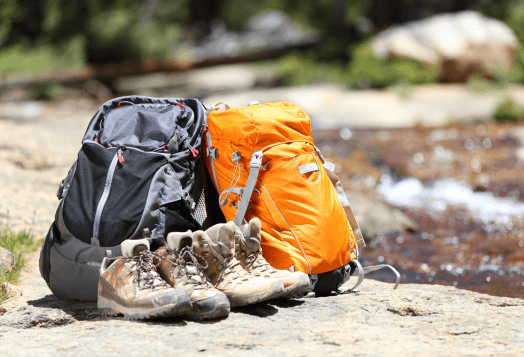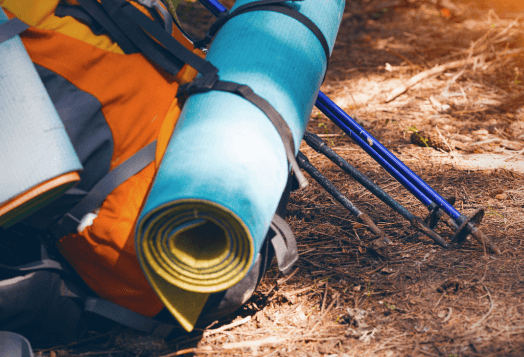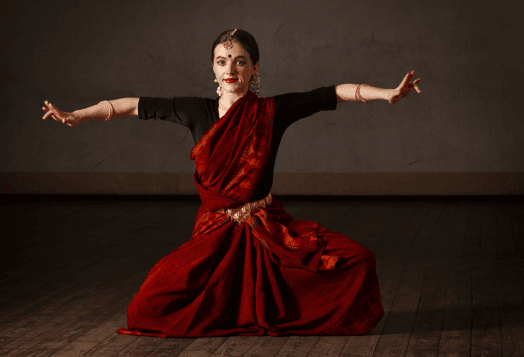
Trekking rule #1: The mountain doesn’t care if you forgot your socks or torch. Packing for a trek isn’t about throwing things into a bag at the last moment. It involves strategic survival.
This is your ultimate trekking checklist, packed with must-have items, beginner gear, and safety essentials you’ll need for the trail. Even that one thing you always forget. Because a smart packer treks better.
Why Bother with a Trekking Checklist?
A well-thought-out trekking checklist is your blueprint for comfort, safety, and enjoying the view instead of nursing blisters or rationing snacks. Every trek throws unique challenges at you, and the trail doesn’t come with a shop. At 12,000 feet, you’re unlikely to find a chemist selling lip balm and paracetamol.
Before you pack, consider:
Location: High-altitude or monsoon trail? Pack accordingly.
Duration: Weekend hike or a multi-day trek?
Weather: Cold, rain, sun? Often all three.
Trek type: Solo or guided (like with a trek leader)?
Experience level: First-timer? You’ll need easily accessible trekking gear for beginners on your side.
Packing smart means lighter bags, safer trails, and no mid-trek regrets.
Trek Essentials You Can’t Do Without

If you pack nothing else (please don’t), let it be this shortlist. These are the trekking things that go in every single backpack, whether you're conquering the Himalayas or ambling through the Sahyadris.
The Non-Negotiables:
Valid ID + permits, especially for protected zones and checkpoints.
Trekking shoes, not sneakers or floaters. Actual ankle-supporting, trail-gripping trekking shoes.
Backpack with rain cover, 40- 60L, for multi-day treks. Ensure they fit well on your shoulders and lower back.
Water bottle or hydration bladder, and no, one bottle of Bisleri won’t cut it.
Basic first aid kit, which includes band-aids, antiseptic, and painkillers (if needed).
A headlamp is a must for early starts, late finishes, or power-cut campsites.
Trail snacks, like energy bars, dry fruits, and glucose packets, go a long way.
Sunscreen and lip balm, because even snow can burn.
A microfiber towel which is quick-drying, compact, and highly useful.
Trekking poles are especially helpful on steep climbs or descents.
Emergency cash for chai stalls, forest permits, or cab-sharing in the middle of nowhere.
This is your baseline trekking kit list; everything after this only enhances comfort, hygiene, and Instagram readiness.
Clothing for the Trail
Trekking fashion is all about comfort, climate control, and not catching hypothermia at 3,000m. The golden rule is to layer up and layer smart. Your trekking essentials list should always account for sudden weather shifts.
Base Layer (the one that touches your skin)
Quick-dry T-shirts (no cotton)
Thermal innerwear for high-altitude treks
Moisture-wicking underwear (yes, it matters)
Outer Layer (your warmth provider)
Fleece jacket or light down jacket
Woollen cap/beanie
Woollen gloves (for Himalayan or winter treks)
Windproof/waterproof jacket
Poncho or raincoat (monsoon trek must-haves, trust us)
Bottoms That Work
Trek pants (stretchable, quick-dry)
Avoid jeans like you’d avoid leeches on a forest trail
Thermal leggings for extreme cold
Extras That Matter
Woollen socks (2–3 pairs)
Extra quick-dry socks (2 pairs)
Buff or scarf (great for dust, wind, sun)
No overpacking or underestimating the weather. A breathable wardrobe lets you trek through backpacking routes in India without freezing or sweating.
Footwear: Because Blisters Are the Real Villain
Here’s the thing about trekking: your feet do all the work. So, treating them well is essential. Blisters, sore arches, or soggy soles can ruin even the most scenic trail. Your trekking kit list must start from the ground up.
Trekking Shoes (non-negotiable)
Mid-ankle or high-ankle, water-resistant, with deep tread.
Ideal for rocky paths, wet patches, and uneven Himalayan terrain.
Toiletries: Stay Fresh Without a Shower
Mountains don’t come with bathrooms, and no one’s handing you a hot towel after a 14km climb. Especially on multi-day trekking routes, these essentials go a long way in keeping you fresh and functional.
Toothbrush + toothpaste (travel-sized)
Biodegradable soap + shampoo bar
Talcum powder
Toilet paper + wet wipes
Hand sanitiser (because soap won’t always be around)
Menstrual hygiene products (carry enough + ziplock for disposal)
Nail cutter + tweezers
Small trash pouch
First Aid Kit: The One Bag You’ll Be Glad You Never Had to Open

Mountains are magical, but also mildly unforgiving. One wrong step or one altitude headache can derail your entire trek. Having a solid first aid kit is what you need.
Adhesive bandages + gauze for blisters and minor cuts
Antiseptic cream + alcohol wipes to clean your wound
Painkillers + paracetamol for sudden aches and mild fevers
Anti-diarrhoea tablets + ORS for those tricky snacks
Altitude meds for high-altitude treks
Motion sickness pills, since bus rides to base camps can be rough
Muscle spray/gel for those uphill treks
Food & Snacks: Because Trail Hunger Is Real
Energy dips, dehydration, and hanger are real on treks, especially if you're on a multi-day route. Packing the right trekking food essentials keeps your body going.
Hydration First:
Water bottle (1L minimum) or hydration bladder: The latter lets you sip without stopping.
ORS sachets or electrolyte tablets: Crucial for recovery, especially in high altitudes or humid regions.
Thermos flask: For warm water, soups, or chai on colder treks.
Easy-to-Carry Snacks:
Energy bars (or your mum’s parathas, neatly foil-wrapped)
Dry fruits, nuts, and seeds
Mukhwas or chikki for quick sugar hits
Instant noodles, poha or upma packets (just add hot water)
Tang/lemon water powder for flavour and hydration
Electronics & Miscellaneous Items: For Maps, Memes & SOS
No, you don’t need to livestream your way to the summit, but a few smart gadgets on any trekking checklist can save your skin.
Power bank (10,000mAh min)
Phone with offline maps
Extra charging cables + plug adapter
Watch with altimeter / GPS
Miscellaneous but Mighty:
Multi-tool/Swiss knife: One of the smartest things you can carry
Notebook + pen: For jotting emergency numbers or your next trek plans
Clothesline + a few clips: Particularly helpful on monsoon treks
Garbage bags/dry sacks: To keep wet or dirty clothes separate
ID card copies + emergency contact: Always have backups
Lightweight mat/sitting pad: For when you get tired after long walks
Whistle + compass: Many trekking backpacks include them
Sleeping bag (if not provided) – Compact and rated for low temps
Expert Tips from the Trail

Now that your trekking checklist is bulletproof, here are a few extra gems to make your trek smoother, safer, and way more enjoyable.
Break in your shoes before the trek. Your feet are not crash-test approved.
Pack light, but right: Stick to the essentials, but don’t skimp on safety.
Layer up smart – Weather can switch from summer to Ladakh in two hours.
Listen to your body: Especially on Himalayan treks. AMS (Acute Mountain Sickness) isn’t a badge of honour.
Train a bit beforehand: Incline walks, squats, stair climbing, and so on. Your knees will thank you.
Use your trekking poles: They’re not just for Instagram shots. They save your joints.
Carry your trash back: Leave trails better than you found them.
Hydrate constantly: Set a reminder if needed. At altitude, thirst sneaks up on you.
Pack Like a Trekker, Not a Tourist
Every trail tells a story, but how you pack decides whether yours is epic or just itchy, cold, and hangry. From smart layering to remembering that humble hydration bladder, the right trekking kit list turns challenges into achievements.
This list wasn’t just made to be scrolled; it was built to be packed. And if you ever need a verified expert to guide you, recommend gear, or plan your route? Pyng’s got your back. Literally.




